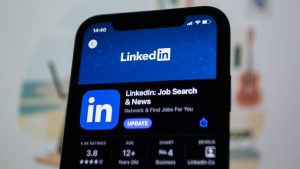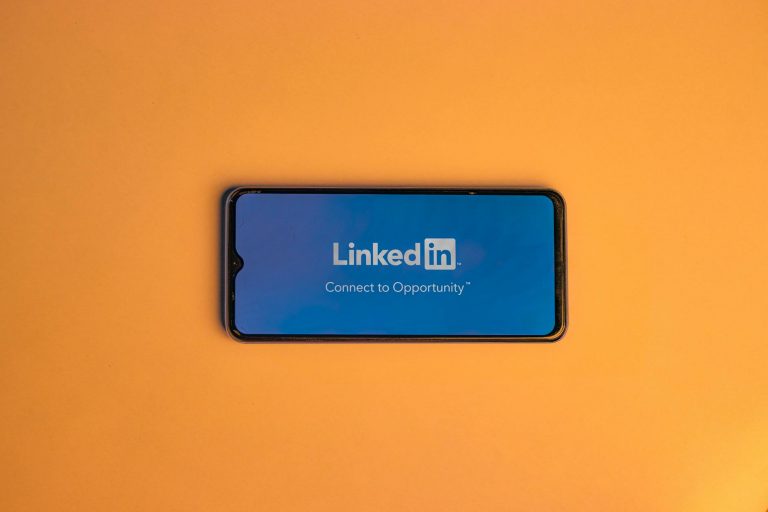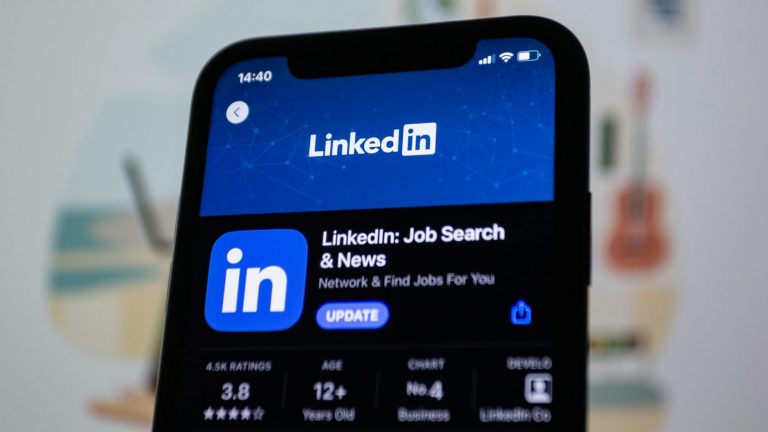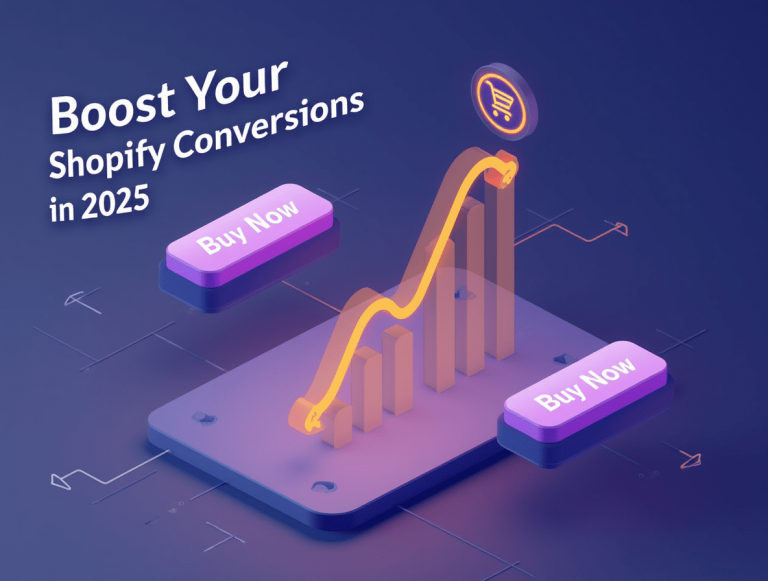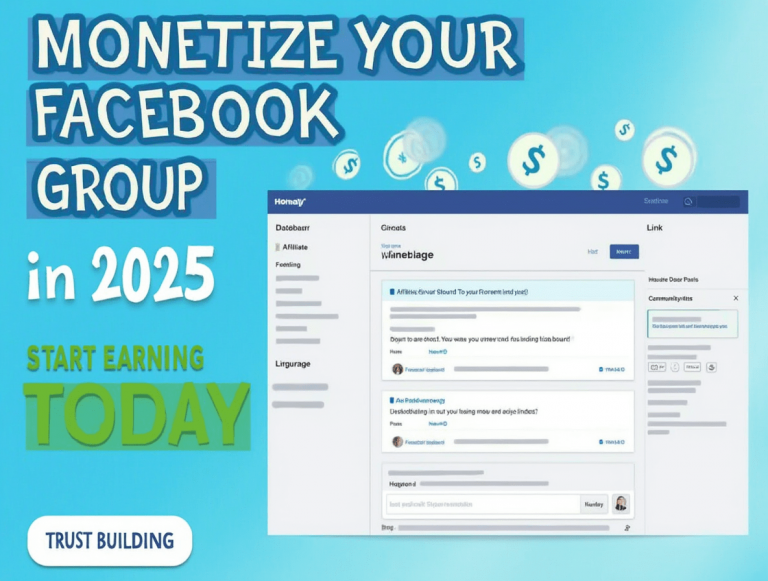
Starting a tech company without investors sounds bold — maybe even impossible to some. But in 2025, it’s not only possible, it’s a growing trend. Bootstrapping, once considered a path of last resort, has become a powerful badge of honor. It shows grit, vision, and the ability to build something valuable without relying on venture capital or angel checks.
I’ve worked with founders who’ve bootstrapped their way from side hustle to profitable SaaS businesses. They didn’t start with millions in funding — they started with a problem, a solution, and relentless execution.
In this guide, I’ll show you how to launch your own tech company without investors, with real-world strategies that work today.
Why You Don’t Need Investors to Succeed
Most people think tech success requires venture capital. That mindset comes from Silicon Valley mythology — the unicorn IPOs, the funding rounds, the pitch decks.
But VC money isn’t free:
- You give up equity and control
- You’re pushed to grow fast, even recklessly
- Most VC-backed startups fail anyway
Bootstrapping allows you to:
✅ Keep 100% ownership
✅ Grow sustainably
✅ Focus on your customers, not investors
Step 1: Solve a Real, Painful Problem
Before you write a line of code, ask: What real-world pain point am I solving?
Investor-backed startups sometimes chase buzzwords. Bootstrapped startups don’t have that luxury. You need a problem people will pay to fix.
Ask yourself:
- What do I wish existed in my job or daily life?
- What tools do businesses use that still feel broken?
- Can I niche down and serve a very specific audience?
Example: Nathan Barry built ConvertKit, an email platform just for creators, after realizing Mailchimp wasn’t cutting it for bloggers. He started solo, with no VC money — now it’s doing $30M+ in annual revenue.
Step 2: Build a Simple MVP, Not a Perfect Product
You don’t need a team of engineers. Just build the smallest version of your idea that solves the core problem.
Use no-code or low-code tools to speed this up:
- Webflow for websites
- Bubble for web apps
- Zapier for automation
- Stripe for payments
Focus on functionality > design in the early days.
Step 3: Start Charging Money Early
Don’t be afraid to charge for your MVP. Free users give opinions — paying users give feedback that matters.
How to validate:
- Offer lifetime deals to early adopters
- Use platforms like Product Hunt, Reddit, and Indie Hackers
- Send cold emails to your niche audience with a free demo or trial
I once helped a founder get their first 100 paying users just by DMing people on LinkedIn with a problem-focused message.
Step 4: Keep Your Costs Low and Profits High
Without investors, cash is king.
Here’s how to stay lean:
- Use open-source tools or free tiers (e.g., Firebase, Vercel, GitHub)
- Hire part-time freelancers instead of full-time staff
- Reinvest revenue into marketing and product, not office space or swag
- Work remotely — no rent, more freedom
Profitability isn’t just a goal — it’s your runway.
Step 5: Market Smarter, Not Louder
You don’t need a massive ad budget. You need targeted visibility.
Effective bootstrapped marketing:
- Content marketing: Write blog posts answering your target users’ pain points (SEO is your long game)
- Twitter/X and LinkedIn: Share your founder journey and get early support
- Communities: Join niche forums and be helpful (Subreddits, Discord, Slack groups)
- Cold outreach: A personal email can outperform a $1,000 ad campaign
Remember: When you’re bootstrapped, every customer is hard-won — and deeply valuable.
Step 6: Automate Early, Delegate Later
You can’t do it all. But you also don’t need a team of 10.
Use AI and automation for:
- Customer onboarding (Loom videos, Intercom bots)
- Email support (HelpScout + canned replies)
- Social media scheduling (Buffer, Hypefury)
- Analytics (Plausible, Mixpanel)
Once you’re profitable, hire help — not before.
Step 7: Iterate and Evolve Based on Real Feedback
One of your biggest advantages as a bootstrapped founder is agility. You can pivot, adapt, and improve without board meetings.
Get feedback by:
- Adding an in-app feedback form
- Holding short Zoom interviews with users
- Sending weekly update emails asking “What’s one thing we could do better?”
This feedback loop is what keeps your product alive — and your users loyal.
Common Myths About Starting Without Investors
❌ Myth: “You need money to make money”
✅ Truth: You need paying customers and smart execution.
❌ Myth: “You can’t scale without funding”
✅ Truth: Plenty of bootstrapped companies have hit 7–8 figures in revenue.
❌ Myth: “Investors give you credibility”
✅ Truth: Customer testimonials, press coverage, and product results give you credibility.
Companies That Started Without Investors
| Company | Bootstrapped Until… | Notes |
|---|---|---|
| Basecamp | Fully bootstrapped | Never raised funding, wildly profitable |
| Mailchimp | Fully bootstrapped | Sold for $12B to Intuit in 2021 |
| ConvertKit | Fully bootstrapped | Over $30M/year in revenue |
| Transistor.fm | Bootstrapped | Popular podcast hosting platform |
When (or If) to Raise Money Later
You might eventually decide to raise money — and that’s okay. But by then, you’re negotiating from a place of power, not desperation.
Raise when:
- You’ve hit product-market fit
- You want to scale something that’s already working
- You’re turning down customers due to lack of resources
FAQ: Starting a Tech Business Without Investors
1. Is bootstrapping realistic in 2025?
Yes. With no-code tools, AI assistants, and remote work, launching lean is more doable than ever.
2. How do I pay myself if I don’t raise money?
Start small. Reinvest revenue into the business, and gradually pay yourself a modest salary. Many founders take draws only once the business is sustainable.
3. What’s the best business model for a bootstrapped tech startup?
Subscription-based SaaS is ideal. Recurring revenue = predictability and growth.
4. Can I start a tech company alone?
Absolutely. Many solo founders use contractors or partners as needed without full-time hires.
5. Should I ever raise money later?
Yes — but only when you’re profitable, validated, and ready to scale. Early-stage fundraising without traction puts you at a disadvantage.
Resources:
- Indie Hackers – Community and stories of founders building profitable businesses without funding.
- Product Hunt – Platform to launch and grow your startup organically.



